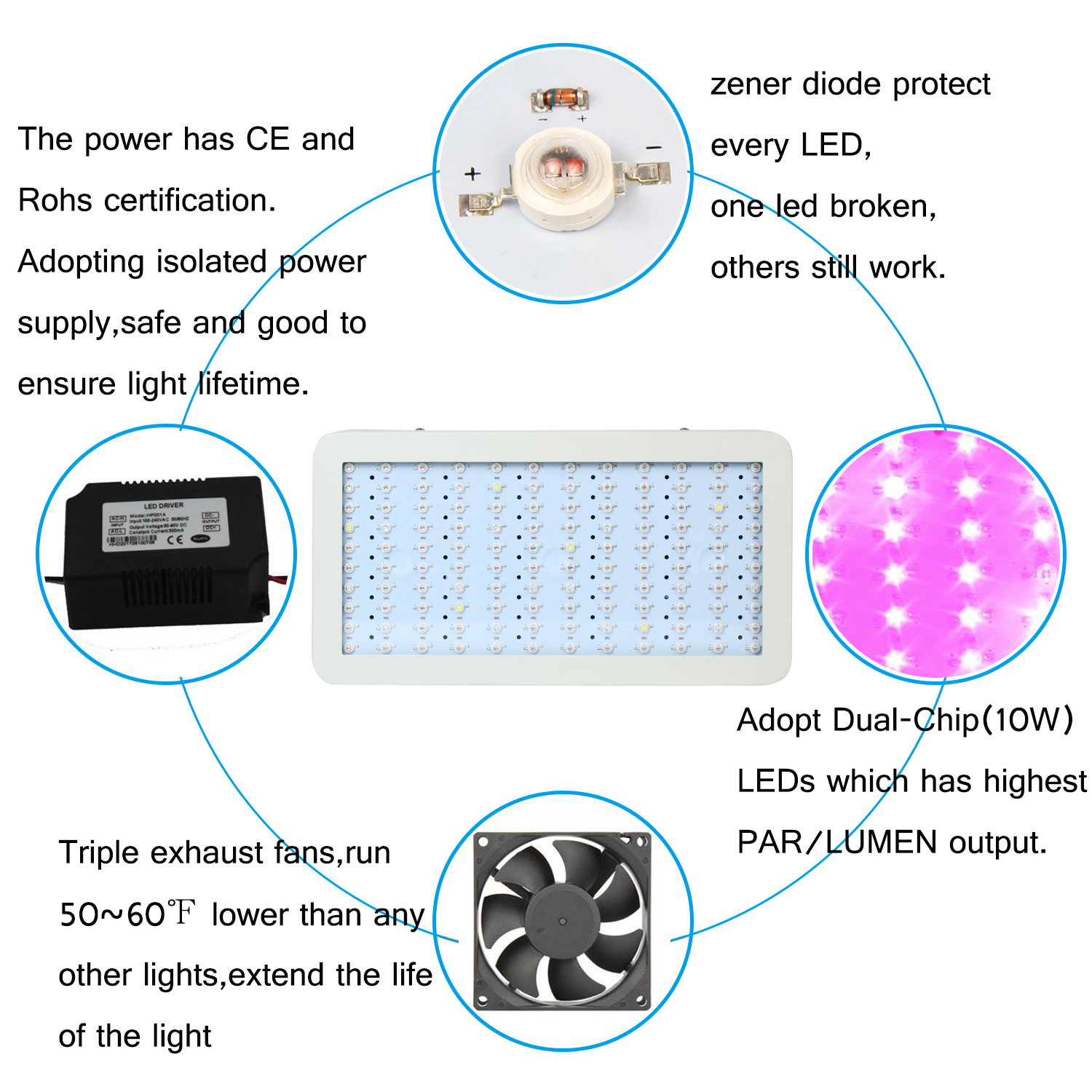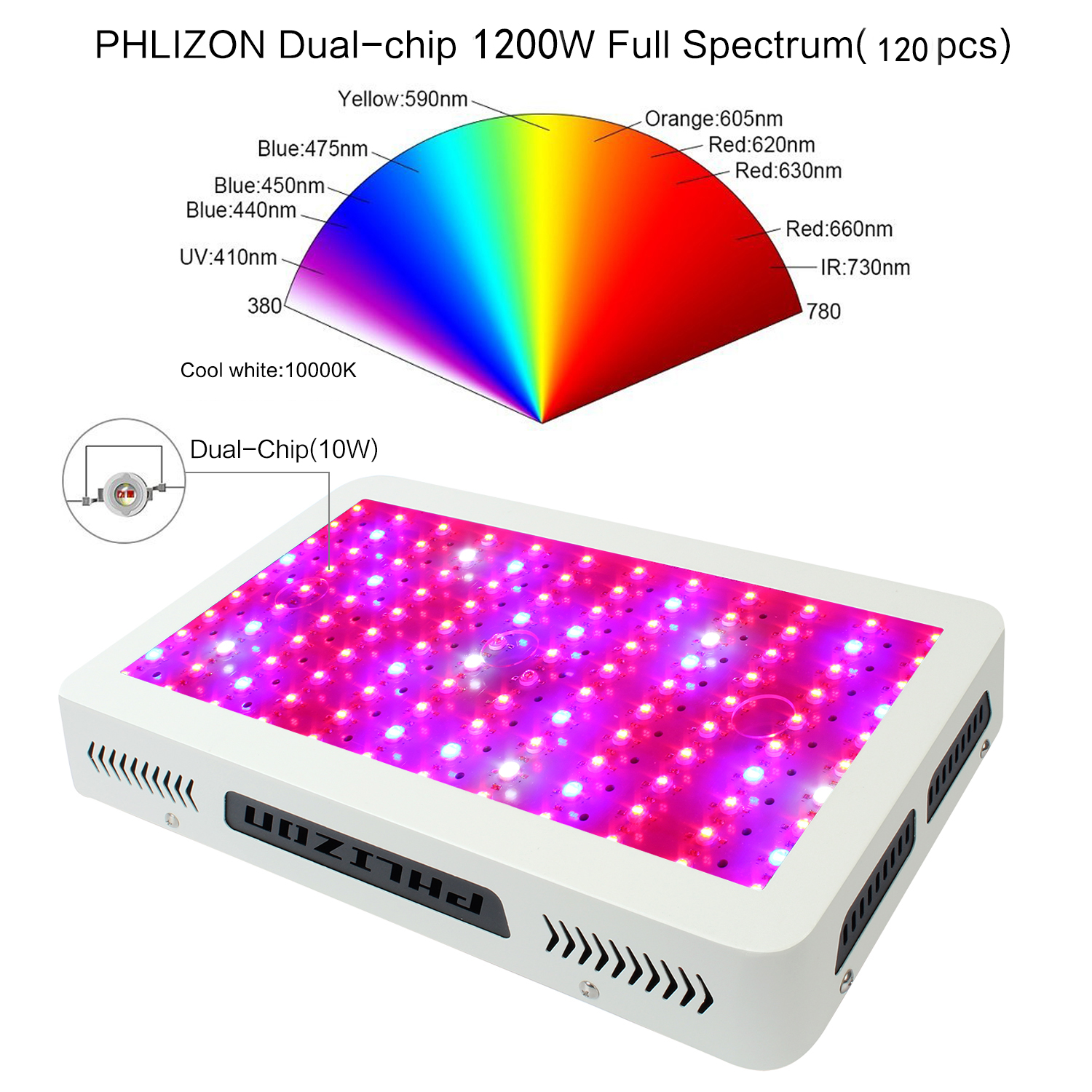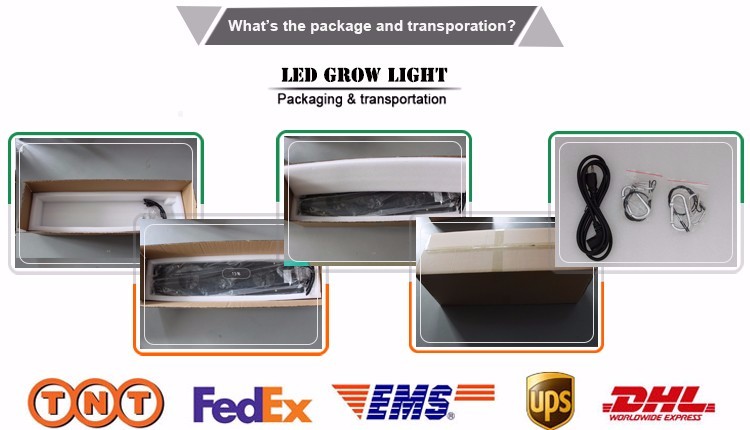Milling is a very flexible machining method that can process parts of almost any shape. However, processing flexibility also adds more variables to the cutting process, which makes optimizing the cutting process more challenging. From this issue, we will continue to share with the readers through the “Sandvik Coromant Application Center†platform to optimize the milling processing methods and processing strategies summarized by Sandvik Coromant through years of experience, in order to improve production efficiency for the majority of users. Reduce production costs and help.
Sandvik Coromant sales engineers not only provide excellent products, but also pass on the correct and optimized processing methods to the user.
To lift the cutting path, let us first analyze in detail the cutting process of the cutting edge of the milling cutter: milling is the cyclic process in which the cutting edge continuously cuts in and cuts out the workpiece. When the milling cutter uses a universal (radial) feed, the resulting chip thickness is constantly changing (prong milling / axial feed to form a constant chip thickness). Regardless of the position of the milling cutter and the workpiece and the change of the feed direction (longing/up milling), the cutting action of the cutting edge can be divided into three cutting areas, namely “cutting into the workpieceâ€, “arc cutting†and “cutting outâ€. Workpiece".
For milling, these three cutting areas are present at the same time, but their effect on the cutting effect is very different, which is directly related to the life of the blade:
1) Cutting into the workpiece
This is the area where the cutting effect is the least affected in the three cutting areas. When cutting into the workpiece, whether it is thick swarf or thin swarf, the carbide insert can handle the effects of the accompanying compressive stress.
2) Arc cutting
For full slot milling, the maximum arc of the contact arc is 180°. For finishing profiling, the contact arc is very short. The longer the contact arc, the more heat is transferred to the cutting edge. Therefore, depending on the width of the cut, the requirements for the blade grades will be completely different.
Long contact arcs – CVD coated grades provide the best thermal barrier.
Short Contact Arcs - Chips are usually very thin, and sharper cutting edges on PVD coated grades generate less heat and cutting pressure.
3) Cut out the workpiece
With carbide inserts, if the insert is thicker when the insert is cut out of the workpiece, this will result in a sharp decrease in tool life. The formed chips lack sufficient support at the final point of the cut, which will bend the chips rather than continue to be cut. Because of the change in direction, the cutting force acting on the edge of the cemented carbide (compressive stress becomes tensile stress) is liable to break the cutting edge.
The cutting area that has the greatest impact on tool life is the cut out of the workpiece. In order to improve tool life and optimize the machining process, the chip state when cutting out the workpiece is the focus of our attention.
By studying the chip thickness of the cut workpiece, we have summarized a golden rule in milling:
The machining process must ensure that the blades are the thinnest when cutting the workpiece.
With this golden rule in hand, we can do a lot of optimization work on the cutting path. Climb milling and up-cut milling are examples of this. When the workpiece is cut and cut, the chip thickness is zero, which fully satisfies the golden rule, so the smoothing will bring better tool life.
Let us look at the effect of the straight cut and the arc cut on the tool life when the milling cutter cuts into the workpiece.
If we let the tool cut straight into the workpiece during programming, the thick cutting chips will continue to be generated when the cutting edge is cut off from the workpiece until the tool is completely cut into the workpiece. The thick cutting chips when the cutting blade is cut out will cause the tool life to be reduced or even completely damaged, so it has to be cut in. Reduce feeds.
Now we recommend an optimized machining method to ensure the best feed rate during tool cutting:
Cut in a clockwise direction.
We can see that the cutting edge of the milling cutter makes the chip thickness always zero when the blade is cut out of the workpiece, which results in higher feed and longer tool life.
At the same time, it should be noted that counterclockwise cutting can not only solve the problem of excessive chipping, but will make the situation more serious.
Four experiments compared the effects of linear incision and circular incision on tool life when cutting heat resistant alloys and stainless steel materials.
In addition to the circular cut into the workpiece, there is another milling method that is also recommended, that is, oblique line cut. This method not only ensures that the blade obtains thin chips when cutting out the workpiece, but also meets the small cutting width when cutting the workpiece to reduce the vibration tendency and improve the tool life.
Optimizing the cutting process and extending tool life is a major issue in the mechanical processing industry. Making small changes in the cutting path can also bring us unexpected results.
Professional dedicated to Research,Development,Design,Manufacture of Innovative,Intelligent control and high efficiency Greenhouse LED Grow Lights for modern agriculture,greenhouse,hydroponics, etc.
Features
Deep penetration :Good lighting penetration,can penetrate to the deep of the plants
Modular Internal Build: Fully upgradable,easy warranties
Thermal Management:Custom copper core heatsinks quickly dissipates heat for cool operating temperatures
Powerful: 2nd Generation ultra penetration 5W LEDs light deep into the canopy
Versatile: Power cord available in 85~265V and international plugs
Lighter weight: Much lighter than the same products in the marketplace, safer for hanging .
Plants: Suitable for both vegetative phrase and flowering phrase
Advtanges:
Upgraded Epistar chips,High Lumen,High penetration.
Plug with listed certificate safe to use.
Item Display



Full Spectrum LED Grow Light and High PAR for Greenhouse lighting


The Plug of LED Grow Lights you can use

Application:
Ideal for all phases of plant growth, and works well with water solution culture and soil culture.Can be used in house garden,pot culture,sowing, breeding farm,flower exhibition,bonsai garden,green house,sowing farm,greenhouse cultivation,water soluble breeding, pipeline cultivation and so on.

Quality Control systems and after-sales
Package

Why Choose Us
1. 10 years Led grow light manufacturer with professional experience in production.
2. Cooperated with customers in a long-term business relaltionship and our mission is to acheive win-win.
3. Products are strictly checked by QC department before delivery, and with CE, RoHS, FCC PSE approval.
4. 3 years warranty policy,up to now,our product defective rate is under 0.2%.
5. 20000 kits every month to guarantee the best delivery time.
Cautions:
1.Do not use the lights in dripping water or anywhere where they will get wet, water and electricity can be a dangerous mixture
2. The working environment for the light is -20~40 degree celsius,45%RH~90%RH.
3. To protect the light, Plz cut off the power when there is a lightning strike.
4. Don`t touch or move when the light working.
Suggestions:
1.Clean the dust inside every 6 months to ensure the good heat dissipation and long life time.
2.Don`t keep too short distance to the plant canopy to avert leaves bleaching.
3. Highly hang the lamp will weaken the energy and affect the growth cycle of the plants, so the lamp should not be hang too high.
4. While taking care of the plants, please spray the leaves and branches 2-3 times everyday, to ensure the plants do not wrinkle a wither,and have no phenomenon of few fruit, and hard pericarp
Philizon is a company that makes it possible to produce fresh vegetables:
Where it is too hot or too cold,
Where there is too much or too little sunlight,
We create in a complete closed indoor environment the optimal conditions to grow.
Led Light Indoor Plants Growing,Led Grow Light Plants Growing,Led Grow Lighting For Greenhouse,Grow Lights For Greenhouse
Shenzhen Phlizon Technology Co.,Ltd. , https://www.philizon.com